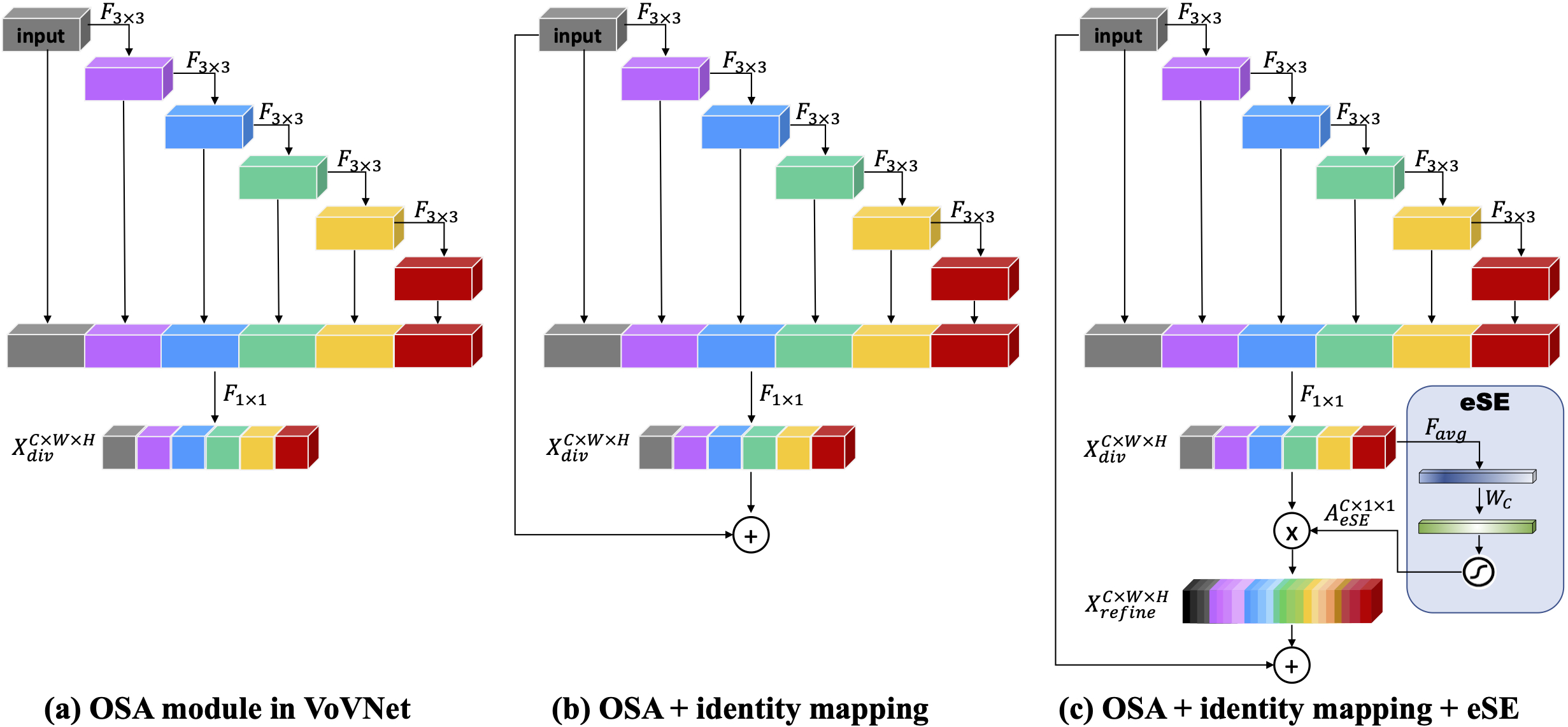The implementation mechanisms of some neural networks are actually quite simple, but the use of numerous modules and complex structures makes it difficult to analyze the essence. Here, I plan to extract and organize some of the more central modules to reduce the burden on researchers
- Including: DfOp and MultiframeOP
- reference https://github.com/Rikorose/DeepFilterNet
In this context, it seems that separation is not related. However, if we consider the distribution of learning from a perspective, there may also need to understand here. Maybe you can understand me as being forced to explain. But I hope to use simple ways to explain the implementation process of code so that it helps understanding. All about SDEs.
-
Perturbed_data
In the given case of x, y and t, how do we generate an intermediate perturbed data? This is the most core content.
- step1 -- sample a t. To avoid some numerical errors, the minimum value of t should be greater than 0.03. This is an empirical value
- step2 -- get mean and std. In this process, there are many ways to compute mean and variance, but the most central point is to design well a path. With the path in hand, mean and variance become samples on the path.
- step3 -- get Perturbed_data. In both SDE or diffusion equation's understanding, the perturbed data here is a deterministic sample based on mean and variance.
Anthor thing is the loss. err = score * sigmas + z.
From intuition, model ignores the mean part of input and pre-dictes a noise with lower intensity compared to current noise by multiplying the square root of variance.
Here I quote from the paper about PC Sampler for better explanation.
Firstly, prior sampling is required. Add noise to y and the standard deviation of the noise is equal to the noise strength at the end of the additive process
'''python def prior_sampling(self, shape, y): if shape != y.shape: warnings.warn(f"Target shape {shape} does not match shape of y {y.shape}! Ignoring target shape.") std = self._std(torch.ones((y.shape[0],), device=y.device)) x_T = y + torch.randn_like(y) * std[:, None, None, None] return x_T '''
- PC_sampler
'''python def pc_sampler(): """The PC sampler function.""" with torch.no_grad(): xt = sde.prior_sampling(y.shape, y).to(y.device) timesteps = torch.linspace(sde.T, eps, sde.N, device=y.device) for i in range(sde.N): t = timesteps[i] vec_t = torch.ones(y.shape[0], device=y.device) * t xt, xt_mean = corrector.update_fn(xt, vec_t, y) xt, xt_mean = predictor.update_fn(xt, vec_t, y) x_result = xt_mean if denoise else xt ns = sde.N * (corrector.n_steps + 1) return x_result, ns
return pc_sampler
'''
-
Correctors
Currently I understand two kinds of correctors, one is Langevin Corrector and another is annealed Langevin Dynamics.
SGMSE algorithm4
-
Predictor
Euler method
diffusion reverse method
